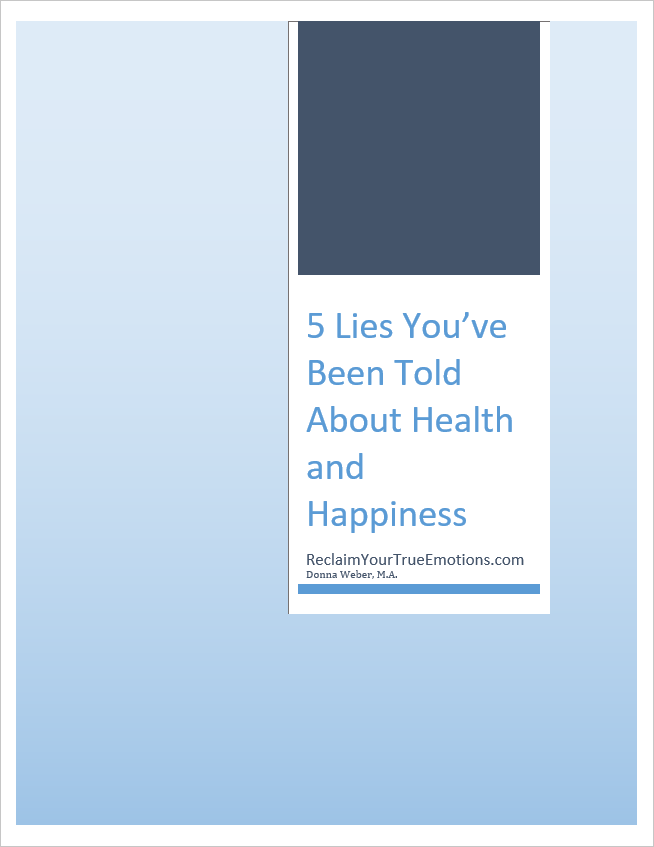Last weekend I saw the movie “Inside Out” and I knew that I needed to write about it and relate it to releasing traumatic emotions. I highly recommend the movie. You can learn a lot about your emotions.
This is not a movie review. If you haven’t seen the movie, I promise not to include any “spoilers” in this post.
By borrowing imaginative images from the movie, you can learn how to release traumatic memories.
What you need to know about “Inside Out”
This is the story of Riley, an eleven year old girl. With the magic of Hollywood, we get to look behind the scenes and see what is going on in Riley’s mind. Occasionally we can see what is going on in her parent’s minds.
If you’ve seen the trailers, you will be familiar with the five emotions in Riley’s mind: Joy, Sadness, Anger, Fear, and Disgust. These characters sit behind a console and run the show (Riley’s life).
Riley’s memories are encapsulated in colorful balls. The color of the ball displays the emotion connected with that memory. A few core memories make up Riley’s personality.
My thoughts on the movie
This movie made some important points. I noticed that there was not a character named Rational Thinking in the control room or anywhere in the movie. I wonder what that says about change processes that focus only on cognitive thinking?
The movie did a good job of showing how emotions are in charge. It also demonstrates how complicated our minds really are. There is a lot going on outside of our everyday awareness. We call this the unconscious or subconscious mind.
How your traumatic memories cause problems
I need to introduce two new characters: Mr. Trigger and Miss Denial. Mr. Trigger wants to help you release your traumas. Miss Denial wants to protect you.
Mr. Trigger is in the background. You hardly know he is there, but he is on alert to notice if anything going on in your life relates to a traumatic memory. When he sees a connection, he pulls out all the related memories. Often there is more than one traumatic memory; sometimes there is a whole cart load. And you feel all of them.
You can tell that a memory is a trauma by the color. What color are your traumatic memories?
Mr. Trigger is giving you another chance to heal the trauma. But Miss Denial jumps into action. She tries to keep all these memories from becoming conscious. Sometimes she is successful in suppressing the cognitive part. Unfortunately, she cannot stop the emotions. They flood your system even if you can’t remember the cause.
How to release a traumatic emotion
If the poetry of emotion process was depicted in “Inside Out” it would look a lot like this.
Once Mr. Trigger selects a traumatic memory, the characters Joy and Sadness find an earlier memory. That earlier memory has everything you need to heal. It might contain feelings of being loved, feeling safe, being nurtured, knowing you are worthy, and so on.
But Joy and Sadness don’t know how to use the resource memory to help you. You need a helper. Joy and Sadness go to Imagination Land and find the best helper for you. A helper can be anything you can imagine: an angel, a beloved pet, a superhero or a lightening bolt – to name a few.
The helper is the bridge between your resource and your trauma. Using the magic of Hollywood, the helper touches both memory balls. The traumatic emotion turns to smoke and drifts away. Your memory is healed. It is now just another memory.
What can you do today?
The poetry of emotion process is almost this easy. Click here to read more.
You can use the power of emotion and the power of your unconscious mind to release any traumas and reclaim the life you dream about.
(Image: LifeIsBeautifulMY @ Flickr)



